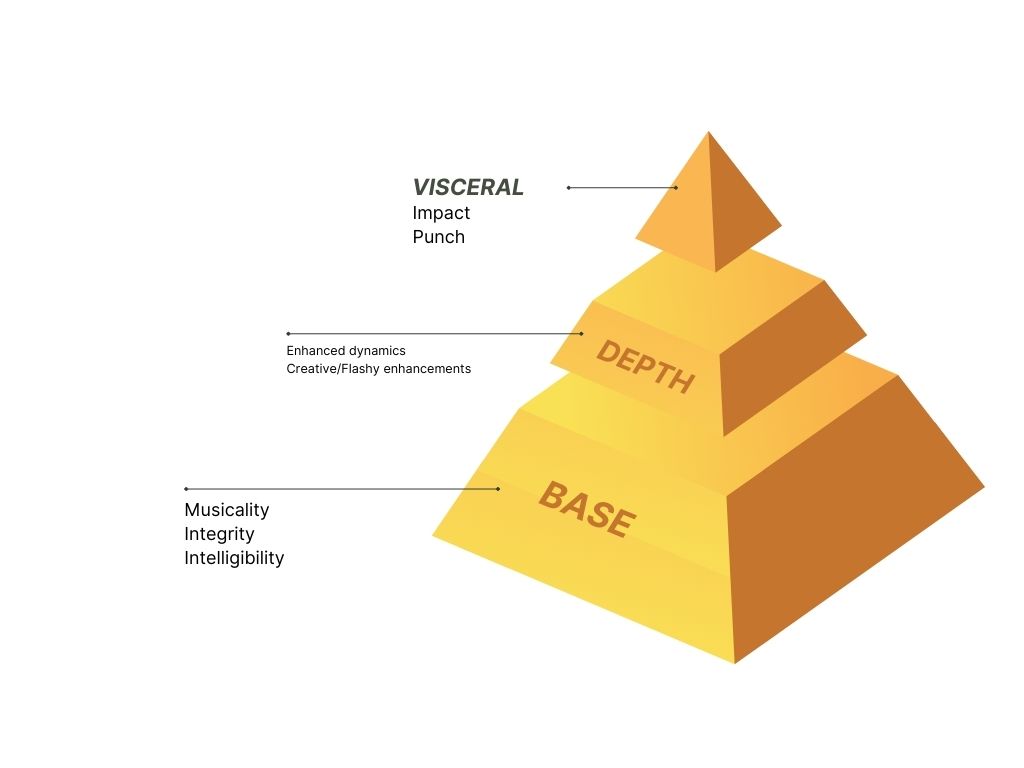Maintaining Sonic Expectations From Clubs to Stadiums: Part 1
Critical to building a mix is establishing a foundation. Having said foundation also ensures that if circumstances potentially compromise the system you’re working on, you won’t lose sight of your role as a mixer.
Genre-dependent, a mix should be near album quality but include some feeling, which may insinuate impact that is established in low-frequency information like kick or bass. However, venues aren’t consistent and occasionally prevent the same end result, in this regard, from being achieved.
The specific instances I have in mind occurred a few summers back when the position of the subs was compromised, the venue felt overpowered, and we were forced to pull the power of the system back. This resulted in me having to work with the systems engineer and instead of producing a full-range mix that also had impact and punch, we ended up with a mix that still provided a nice listening experience and supported the production.
A few things came to the forefront when we made the adjustments. Losing significant sub-information meant the tonality had to be adapted so it felt balanced and wasn’t painful or uncomfortably bright. Also equally important was ensuring certain elements were adjusted to maintain the musical motifs and intelligibility of lead instruments. Percussion and bass elements were also examined so they were still heard, but they lost their oomph instead. The mix still felt big, still had depth, and all around was more comfortable for the audience and the individuals on stage.
Imagining a pyramid, you should be able to build and maintain a mix based on a foundation. At the base, you’re probably prioritizing the integrity of the sources and musicality, and supporting it with a mix that’s pleasant to the ears and equally translates the message of the client. Following this you can include the pieces that make it flashy or provide a visceral feel. Your mix should still be supported and can be well-adjusted if the situation calls for it.

